Saturday, June 19, 2004
Leica Digilux 2
Panasonic LC1
DC Vario Summicron
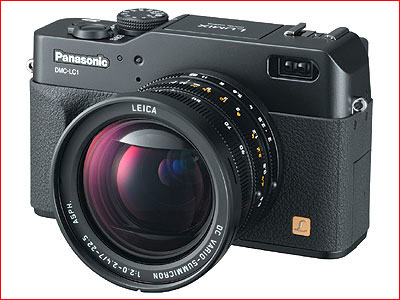
Read the review at The Luminous Landscape.
Tuesday, June 15, 2004
THE BIG FIVE:
8 MP DIGICAMS
There are five digicams with 8 megapixel (MP) sensors. If you are looking for a full featured point-and-shoot digital camera, you might be considering one of these. They are so full-featured that point-and-shoot hardly seems like an adequate phrase, but these are all-in-one cameras with a single non-interchangeable zoom lens. Some of them have auxiliary lenses that screw or bayonet on the front of the permanent lens.
I am not tempted to buy one of these cameras, tempting though they are, for three reasons.
1. I already have a point-and-shoot digicam that I am quite pleased with, the Canon G3.
2. I have a Digital SLR that I am VERY pleased with, the Canon 10D.
3. Each of these five cameras falls short in some way from what I would want in an expensive, 8 MP digicam.
I want a zoom lens with at least a 28-200 focal length range (35mm film equivalent), image stabilization, and manual zoom (or at least a better electronic zoom). I want a good viewfinder, minimal noise at higher ISO's and a well designed user interface. I want a common type of memory storage and good battery life. Most important, I want excellent image quality from the lens, the sensor, and the camera's internal image processing software. It wouldn't hurt if the external software for dealing with the RAW images out of the camera was good too.
All of these 8 MP digicams gives me some of what I want, none have all of what I want. Too bad I can't take a little from this camera and a little from that. I am waiting for the next generation of 8 MP digicams.
Your situation may be different. If you have a high end film P&S, or a film SLR, and you want to take the digital plunge with a better than average digicam, one of these may be just what you want.
Get the current (July 2004) issue of POPULAR PHOTOGRAPHY and read the comparisons of these cameras. Scroll down this blog (or check the archives) for my April 21, 2004 post with links to reviews for each of these cameras at DP Review and the Luminous Landscape.
You can check my website for advice on choosing a digital camera here and here.
You can read more about the Canon G3 here and here.
If you think you might prefer a digital SLR with interchangeable lenses, you can read about the Canon 10D here and here.
Happy Shooting!
Monday, June 14, 2004
Canon 1D Mark II Review
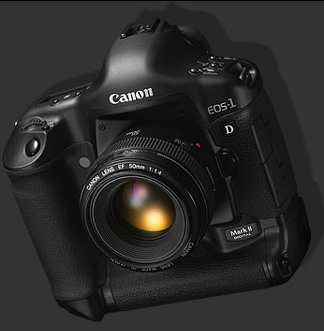
This morning DP Review posted a complete review of the Canon 1D Mark II, giving it a HIGHLY RECOMMENDED rating, their highest.
This is a remarkable 8 megapixel camera that will shoot at speeds of over 8 frames per second for 40 continuous jpeg frames (20 in RAW mode) before the camera pauses to give the buffer a chance to write to the memory card. Amazing!
The 8.2 MP (megapixel) sensor has more resolution than the Canon EOS 10D (6.3 MP) but less than the Canon 1Ds (11 MP). It also has more resolution than the Nikon D2H (4 MP).
Just as the Nikon D70 is better the Canon Digital Rebel in the sub-$1,000 6 MP category (at least in terms of robust build and features), the Canon 1D Mark II is significantly better than the Nikon D2H in the "news and sports" fast camera category. All of this competition is a good thing.
The price is still a killer at around $4,500 USD, three times the price of the Canon 10D, but still several thousand less than the Canon 1Ds. This camera is a viable alternative to the 1Ds for those who need professional imaging capability with only slightly less resolution (in real life terms) than the Canon 1Ds, provided they can live with the 1.3X lens magnification factor due to the smaller imaging chip. Lenses "seem" to be 30% longer in focal length on the Canon 1D Mark II as compared to a 35mm film camera. (A 100mm lens on the 1D Mark II gives you the same filed of views as a 130mm lens on a 35mm film camera.) This is good for telephoto work but not good for wide angle work.
So how good is this camera? I quote Phil at DP Review: "Is this the ultimate digital SLR? For now I have to say yes, it offers an amazing level of build quality and environmental sealing, superb eight megapixels of resolution, low noise at almost any sensitivity, over eight frames per second (with a forty frame buffer) and near instant performance."
The complete review at DP review is here.
Wednesday, June 09, 2004
12GB CF CARD!
HOW MANY CARDS DO YOU NEED?
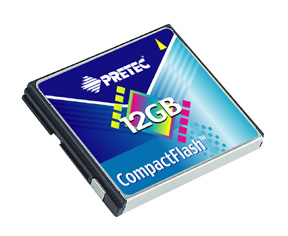
Just what you need for Christmas, a 12 GB (gigabyte) compact flash card from Pretec. Estimated price in U.S. dollars (drum roll please): $14,900. That's right, just shy of fifteen thousand dollars. It is supposed to be available by the end of the year, maybe in time to go in your Christmas stocking.
What would you do with such a thing? Stick it in your digital camera and take pictures forever!
Does this make sense? Not for me. Ignoring the sticker shock, I wouldn't want that many images on one memory card. Too risky.
I use mostly 1 GB flash cards. In a serious shooting situation I might fill one or two cards in a day. At the end of the day I download the card/s to a computer, do a quick preliminary edit, delete the bad shots, and burn the rest to CD-R discs. Only when the files have been burned to disc do I re-format the flash card and use it again (more on the reasons for this some other day).
At a recent conference I aeraged a gigabyte of photos per day for 10 days. You can see some of them in the "World Conference" albums here (scroll down to the 10 albums posted in late March-April, 2004). Every night I would download my card/s, edit, and burn two sets of discs, one for me and another for the conference PR department. I would drop off their disc the next day.
With a 12 gigabyte memory card, I could have captured the whole conference on one card, but it would not have saved me from the nightly download, they wanted pictures every day to post online.
And bad things happen to good memory cards. They can eventually fail, get lost, be physically damaged, dropped down the face of a cliff while you are switching cards while photographing bighorn sheep, stolen, or any one of a number of other mishaps. The loss, damage, or failure of a memory card is just like losing a bunch of rolls of exposed film, the bigger the card, the more pictures you lose.
I have not had a lost, damaged, stolen, or failed memory card yet, but I know it will happen some day. For me, the choice is a compromise between the convenience of carrying less cards and the risk of what happens if a card is lost or damaged and the images unrecoverable.
In Colorado last fall, I filled a 1 GB card with photos almost every day. If something happened to one of my cards, I would have lost a a day's worth of photos. That would be truly sad. If I used a 12 GB card and lost it, I would lose a whole weeks worth of photos. If it was a great week, that would be truly awful (at least in photographic terms).
I went on the trip of a lifetime to Alaska and photographed the whole venture on film. If I had been using my current digital camera I could have shot the same number of photos on one 12 GB flash card with room left over. It would be simple and save lots of space, but what if something happened to that card?
I can think of one good use for a card that big, in a USB card reader you could carry around a collection of your most treasured files, ready to plug into any computer anywhere.
Then again, for $14,900, you could buy a laptop for your treasured files, or several laptops, or a car to carry your laptop, or lots of camera gear, or several trips to Alaska, or . . .
Happy Safe Shooting!
Tuesday, June 08, 2004
$900 Pentax Digital SLR
"June 3, 2004 (TOKYO) -- Pentax Corp plans to introduce this fall a SLR (single-lens reflex) digital camera aimed at general consumers that will retail for a little more than 100,000 yen.
Monthly production will be set at about 20,000 units, and the company intends to ship about 100,000 units by March 31, 2004.
Pentax began selling higher-end SLR digital cameras last September that retailed for around 190,000 yen, and it is now looking to expand demand by reaching out to ordinary consumers. The firm aims to raise the consolidated sales from its digital camera business by about 40% to 70 billion yen in fiscal 2004." Original article is here.
Assuming this is a good quality camera body, this is good news for people with Pentax lenses that want to go digital for less than $1,000.
Sunday, June 06, 2004
D-DAY
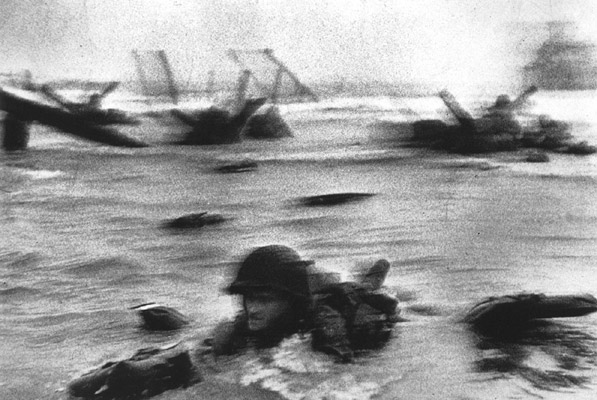
Photo (c) Robert Capa. Taken June 6, 1944.
See my June 6, 2004 post here.
FALLEN U.S. SOLDIERS FROM IRAQ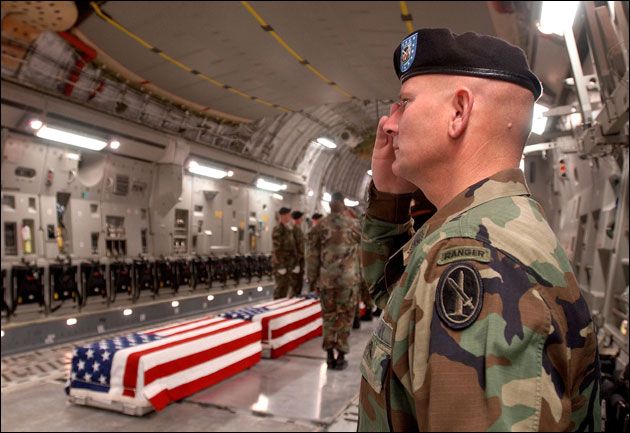 I am deeply moved by the photos of U.S. war dead returning from Iraq. They speak of sacrifice, loyalty, patriotism, commitment, sorrow, and the high price of war. 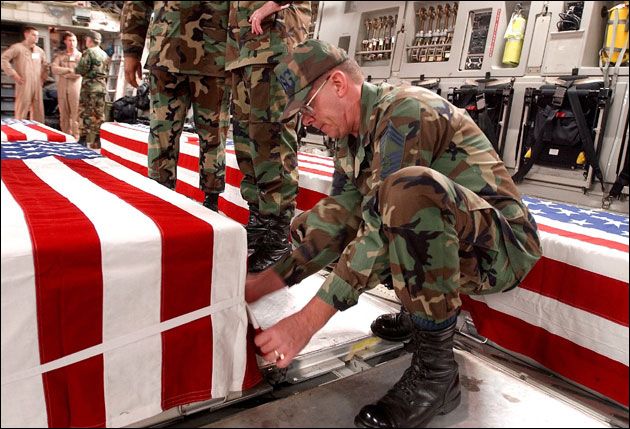 I posted one photo with some information about the photographer, Tami Silicio, and the story behind the photo in my May 16 post "ON THE WAY HOME" (see below). If you missed that post, you can read more here and here. Tami Silicio took the photos because she believed the families of the fallen soldiers would be comforted to see how much respect and care were shown to the remains of their loved ones. The photographer has a brief web page here. 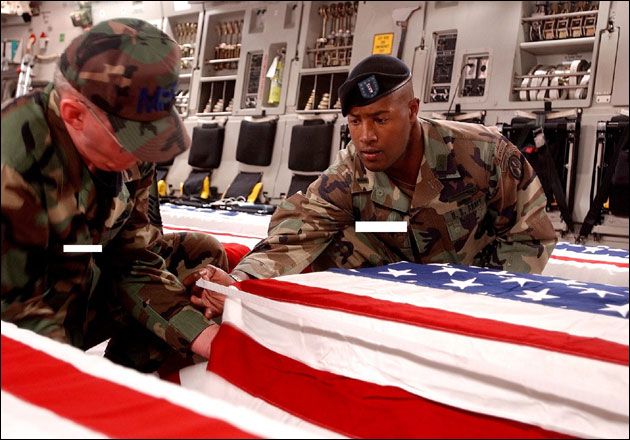 Whatever your views on the situation in Iraq, the photos are worth looking at. I have not posted these photos as a protest. (Personally, I believe we should be in Irag but I don't we believe we have made all of the right policy decisions about what we are doing there.) 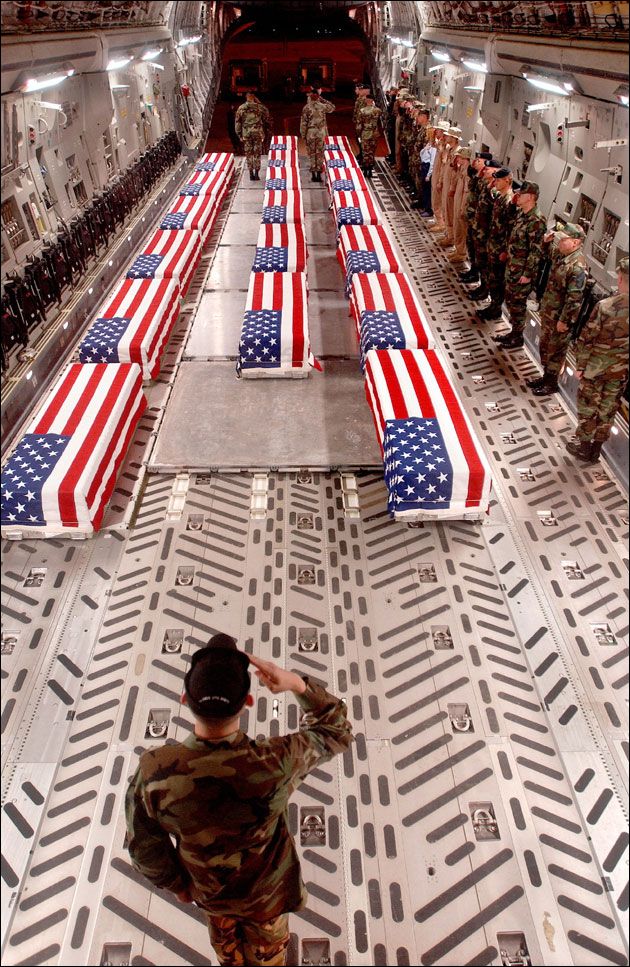 If you want to see a complete set of photos, the Memory Hole has posted several albums of photos of flag-draped caskets arriving at Dover AFB. Due to very heavy internet traffic, several other sites have mirrored the photos, including this one.
COLUMBIA ASTRONAUTS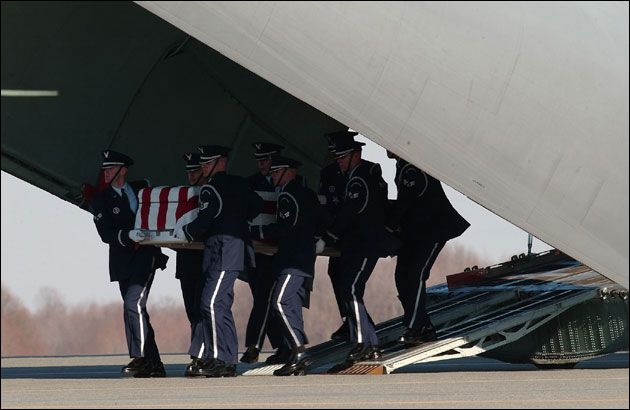 On February 1, 2003, the Space Shuttle Columbia came apart over Texas. Photos taken of the flag-draped caskets of the Columbia astronauts arriving at Dover AFB have been mis-identified in the press as U.S. casualties from the war in Iraq. 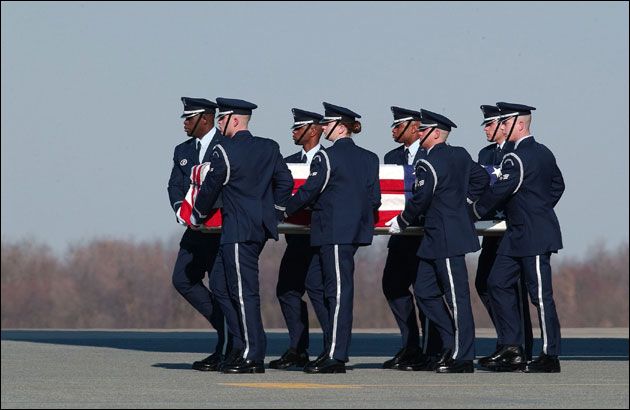 *** *** *** NASA's press release: "April 23, 2004 Bob Jacobs Headquarters, Washington (Phone: 202/358-1600) NOTE TO EDITORS: n04-059 COLUMBIA CREW MISTAKENLY IDENTIFIED AS IRAQI WAR CASUALTIES Many news organizations across the country are mistakenly identifying the flag-draped caskets of the Space Shuttle Columbia's crew as those of war casualties from Iraq. Editors are being asked to confirm that the images used in news reports are in fact those of American casualties and not those of the NASA astronauts who were killed Feb.1, 2003, in the Columbia tragedy. An initial review of the images featured on the Internet site www.thememoryhole.org shows that more than 18 rows of images from Dover Air Force Base in Delaware are actually photographs of honors rendered to Columbia's seven astronauts. News organizations across the world have been publishing and distributing images featured on the web site. -end-" *** *** *** 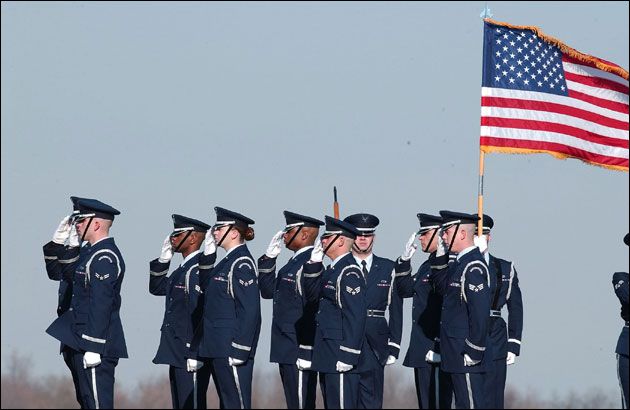 The complete set of Columbia astronaut photos from Dover AFB is here. Due to very heavy internet traffic, the photos are also mirrored here.
Tuesday, June 01, 2004
MARMALADE FLY

This marmalade hoverfly was photographed with a Canon 1X-5X macro lens. More here.
|